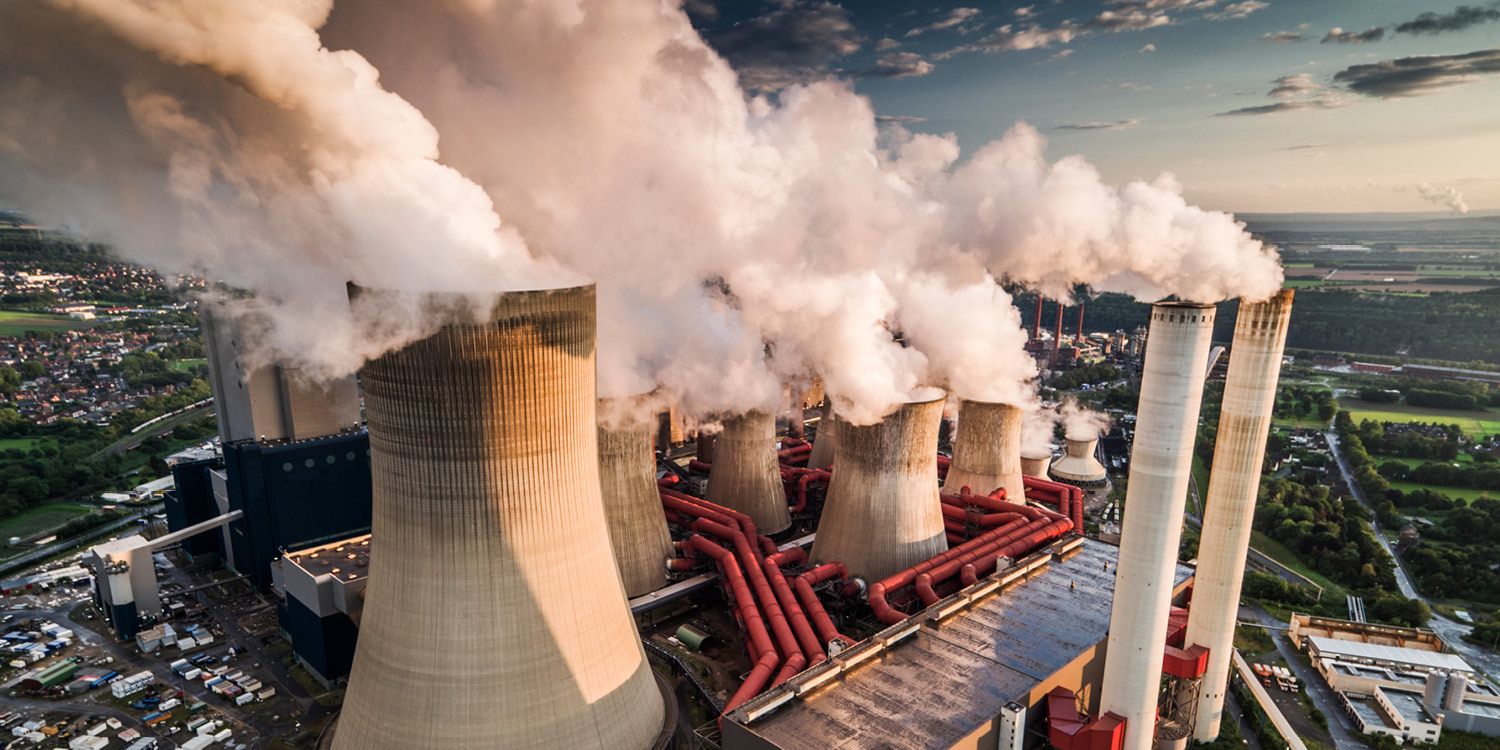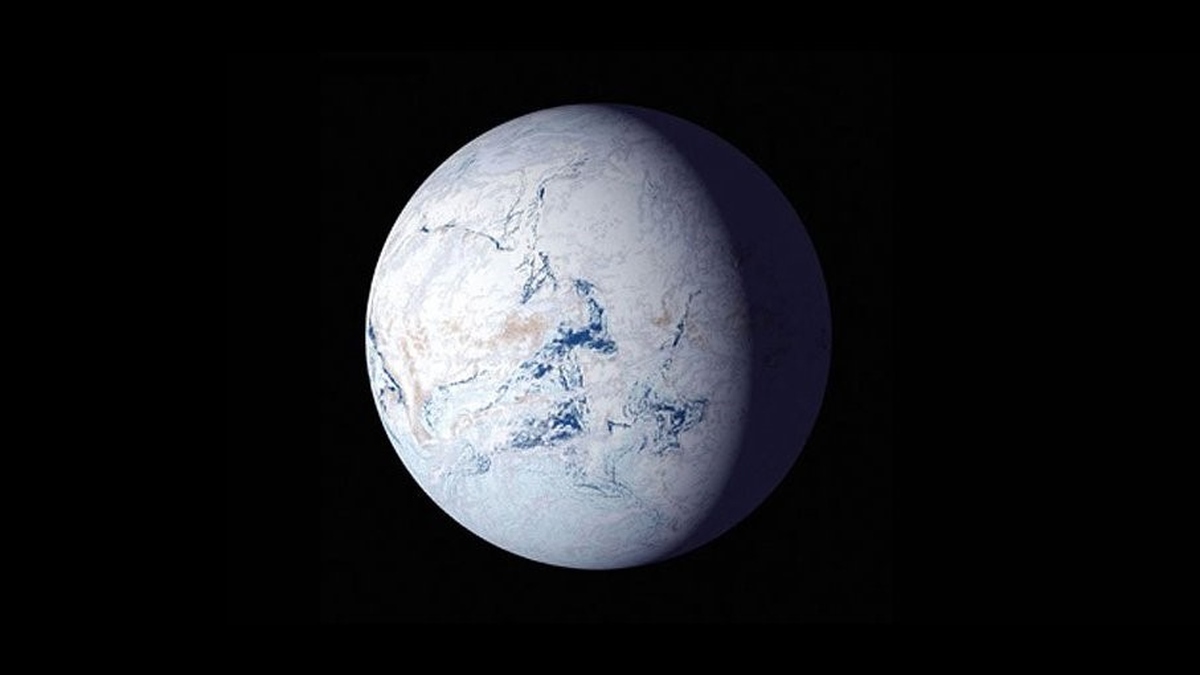Years from now, the planet we know today won’t even look the same. It is not a matter of if, but when. In this future world, the oceans will rise so much that they will swallow entire cities and even island countries. Nations such as the Philippines, Japan, and many others will suffer, with most cities like Tokyo submerged underwater. This scenario isn’t far-fetched; it has happened before, and with current climate trends, it is likely to happen again within our lifetimes.

The Threat of Rising Oceans
The primary cause of this looming catastrophe is climate change. As global temperatures rise, glaciers and polar ice caps melt, contributing to higher sea levels. According to the Intergovernmental Panel on Climate Change (IPCC), sea levels could rise by more than one meter by the end of this century if current trends continue. This increase might seem small, but it can have devastating effects on coastal areas and low-lying islands. Island nations such as the Maldives, the Philippines, and Kiribati are particularly vulnerable. These countries could see significant portions, if not all, of their land submerged. Coastal cities around the world, including major metropolitan areas like Tokyo, New York, and Miami, are also at risk. The displacement of millions of people and the loss of valuable land will create unprecedented social, economic, and political challenges.

Historical Precedents
The Earth has witnessed similar changes in the past. For example, the once-thriving island of Atlantis is a myth that reflects a real possibility—civilizations disappearing under the sea. More concretely, Doggerland, a landmass that once connected Britain to mainland Europe, was submerged by rising sea levels around 6,500 to 6,200 BCE. Such historical events remind us of the power of nature and the impermanence of human settlements.

Accelerated Changes
Today, the process is accelerating due to human activities. The burning of fossil fuels, deforestation, and industrial pollution are all contributing to the greenhouse effect, which traps heat in the Earth’s atmosphere. This not only melts ice caps but also leads to abnormal weather patterns. More frequent and severe storms, unpredictable rainfall, and prolonged droughts are becoming the new normal.
As the climate crisis worsens, the timeline for these drastic changes shortens. Scientists warn that if we do not take immediate action to reduce carbon emissions and protect natural habitats, we may see significant impacts within our lifetimes. Island countries could become uninhabitable, and coastal cities might be forced to implement drastic measures like constructing sea walls or relocating populations inland.

Nature’s Resilience
Despite the bleak outlook, nature has a remarkable ability to heal itself. Over geological timescales, the Earth has undergone numerous cycles of change, including ice ages and periods of warming. After each disturbance, ecosystems have adapted and thrived. While human activities have accelerated the current crisis, there is hope that with concerted efforts, we can mitigate the damage and support the planet’s recovery. Efforts to combat climate change include transitioning to renewable energy sources, protecting and restoring forests, and promoting sustainable agriculture. Additionally, global cooperation and adherence to international agreements like the Paris Agreement are crucial in addressing this global issue.

The future Earth will undoubtedly look different from today, with rising oceans posing a significant threat to island nations and coastal cities. The lessons from the past remind us of nature’s power and the need for urgent action to address climate change. While the challenges are immense, humanity’s capacity for innovation and resilience offers hope for a sustainable future.
References:
1. IPCC Special Report on the Ocean and Cryosphere in a Changing Climate. https://www.ipcc.ch/srocc/
2. National Geographic: Sea Level Rise. https://www.nationalgeographic.com/environment/article/sea-level-rise
3. BBC News: Climate Change and the Rise of the Oceans. https://www.bbc.com/news/science-environment-56837908
4. Smithsonian Magazine: The Lost World of Doggerland. https://www.smithsonianmag.com/science-nature/doggerland-what-life-was-like-before-huge-waves-drowned-britains-lost-land-180978661/
5. United Nations: The Paris Agreement. https://unfccc.int/process-and-meetings/the-paris-agreement/the-paris-agreement










